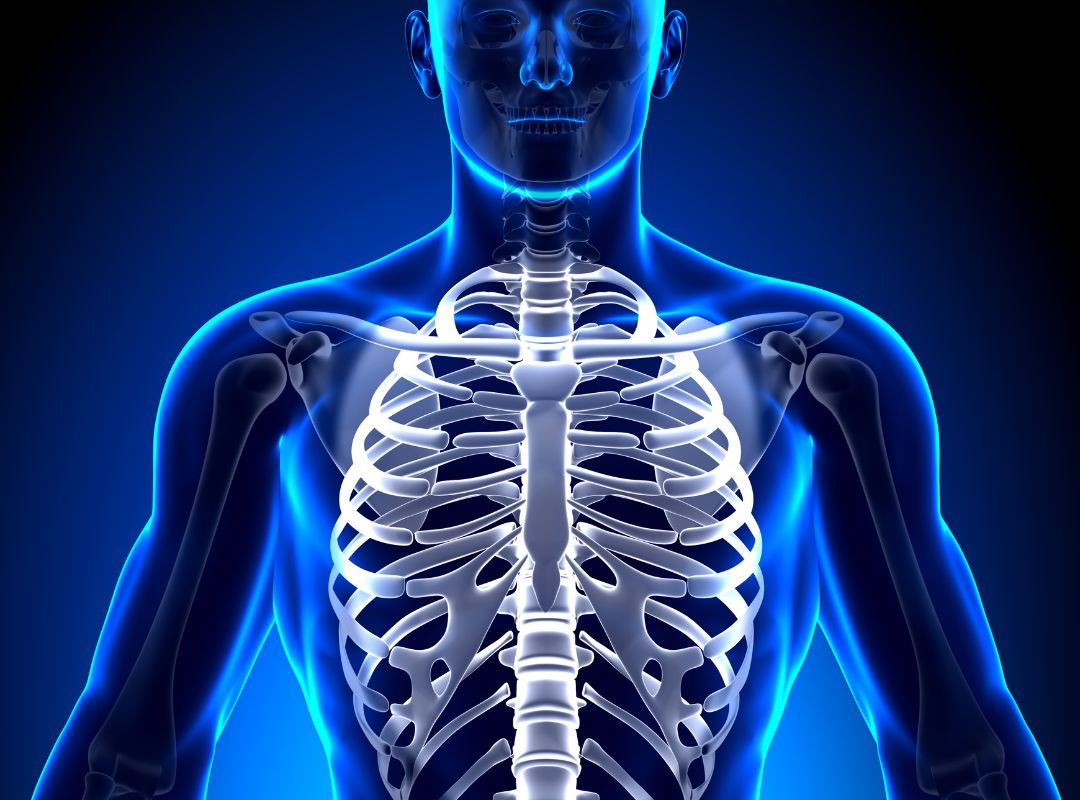Sternoclavicular Dislocation
Sternoclavicular Dislocation
What is sternoclavicular dislocation?
What is sternoclavicular dislocation?
The sternoclavicular joint connects the axial skeleton of the thoracic cage to the appendicular skeleton of the upper limb.
The sternum articulates with the most medial or internal portion of the clavicle through very congruent articular surfaces reinforced by strong ligaments, which limits the range of mobility in this region, to the detriment of the great stability conferred by these structures.
Sternoclavicular dislocation occurs when there is a disruption of the ligament structures and the clavicle moves in relation to its place of articulation with the sternum, and may deviate forward (more common) or backward (more serious).

How do sternoclavicular dislocations occur?
How do sternoclavicular dislocations occur?
The strong sternoclavicular ligaments provide great stability to this joint, so dislocations usually occur after high-energy trauma to the upper limb, such as motorcycle accidents or high-impact sports. Young adults are the age group most affected, due to the later closure of the growth cartilage in this region.
What are the symptoms after a sternoclavicular dislocation?
What are the symptoms after a sternoclavicular dislocation?
The most obvious manifestation is the deformity in the sternoclavicular region, right at the base of the neck, with a prominence being more common due to the anterior dislocation of the clavicle in relation to the sternum.
When the dislocation occurs in the posterior direction, there may be compression of important structures such as the trachea or the vessels and nerves to the upper limb, with shortness of breath, decreased strength and sensitivity of the arm and hand, or changes in the color of the hand. These are warning signs of a more serious situation that requires emergency specialized medical care.
What are the treatments for sternoclavicular dislocation?
What are the treatments for sternoclavicular dislocation?
When the dislocation occurs forward (more common), conservative treatment with initial rest and immobilization, followed by rehabilitation for a few weeks, ensures good functional results and a return to previous activity without restrictions in most cases. Cosmetic deformity may be a concern, although surgical interventions are rarely necessary to correct it.
In posterior dislocations, which are considered an orthopedic emergency, it is necessary to reposition the clavicle using closed reduction maneuvers with the patient under anesthesia. It is advisable to perform these maneuvers with a thoracic surgery team available if there is any damaged structure, such as the trachea. Rarely, open surgery may be necessary to reposition the clavicle and stabilize it.
